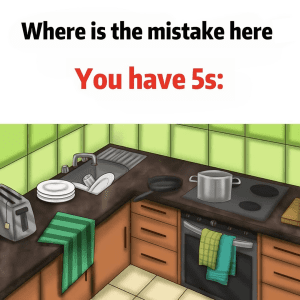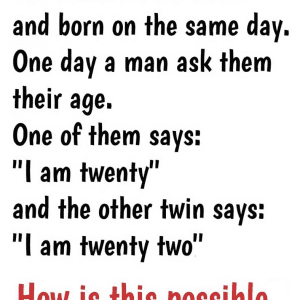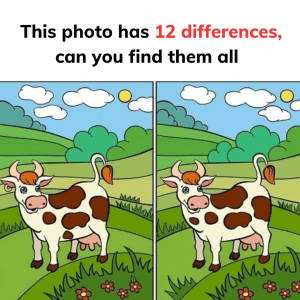Do you love solving puzzles that test your logical thinking and problem-solving skills? Then you’re in for a treat with this intriguing challenge! Anna buys, sells, buys back, and sells a cow again. But what’s the final outcome—profit or loss? It might seem straightforward, but it’s not as simple as it looks. Let’s break down the transactions step by step to find out the answer!
Understanding the Puzzle: Anna’s Series of Transactions
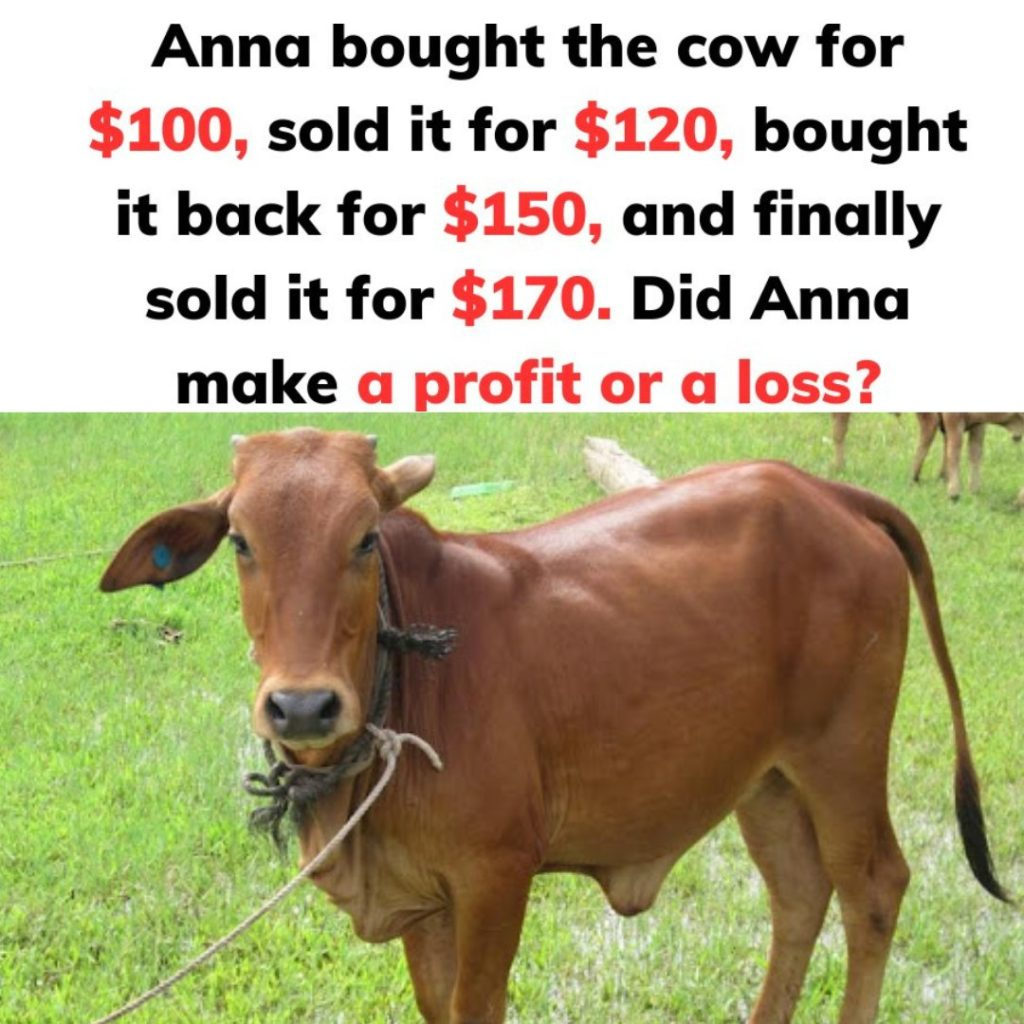
The puzzle begins with Anna purchasing a cow, selling it, repurchasing it, and then selling it again. The confusion often lies in the sequence of transactions and how each one affects the total balance. Before jumping to conclusions, let’s analyze each transaction carefully. Grab a notepad, and let’s dive in!
Why This Puzzle Is So Confusing
Many people get puzzled by this scenario. It’s not because the math is hard but because the sequence of transactions can mislead even the sharpest minds. Let’s explore the common mistakes people make when solving this puzzle:
- Focusing Solely on Sales Instead of Net Balance: People often add up the total sales and compare them with total spending without looking at the net gain or loss step by step.
- Ignoring Transaction Order: Since Anna buys and sells twice, it’s vital to analyze each step sequentially. Missing one step can lead to an incorrect conclusion.
- Mixing Up Revenue with Profit: Receiving more money than the initial cost doesn’t always mean a profit has been made. It’s important to subtract costs at each step to see the real profit or loss.
Now, let’s look at Anna’s transactions one by one to understand her final financial standing.
Step-by-Step Analysis: Did Anna Make a Profit or Loss?
Step 1: Initial Purchase
Anna bought the cow for $100. This is her initial expense, which puts her in a negative balance of $100.
- Transaction: -$100
- Total Balance: -$100
Step 2: First Sale
Anna sold the cow for $120, which brings her a profit of $20 compared to the initial purchase.
- Calculation: $120 (revenue) – $100 (initial cost) = +$20
- Total Balance: +$20
At this point, Anna has made a $20 profit, but the puzzle doesn’t end here.
Step 3: Repurchasing the Cow
Anna then bought the cow back for $150, which means her balance decreases significantly.
- Calculation: -$150 (expense)
- Total Balance: +$20 (previous balance) – $150 = -$130
Now, Anna is at a loss of $130, which drastically affects her net balance.
Step 4: Final Sale
Finally, Anna sold the cow for $170. This sale brings in more revenue, adding to her current balance.
- Calculation: +$170 (revenue)
- Total Balance: -$130 (previous balance) + $170 = +$40
After completing all the transactions, Anna ends up with a profit of $40.
Conclusion: Yes, Anna Made a $40 Profit
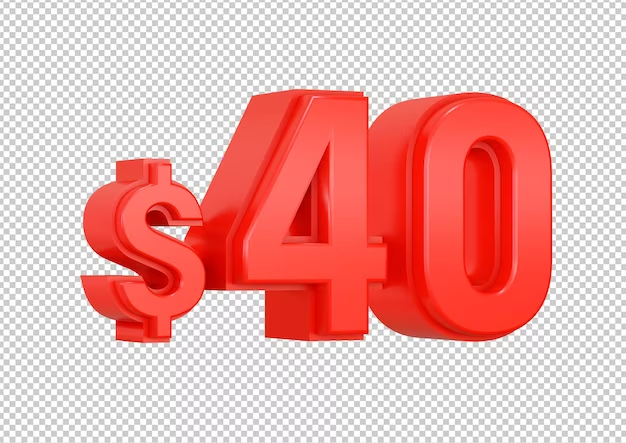
The puzzle’s solution is clear—Anna made a profit of $40 from the sequence of transactions. Even though the back-and-forth buying and selling created confusion, breaking down each transaction step by step revealed that she ultimately came out ahead. This puzzle serves as a great example of why it’s important to pay attention to each transaction separately and focus on net balance rather than total sales or costs.
Final Thoughts: Try Solving Similar Puzzles!
Did you find this puzzle fun or tricky? Share your thoughts in the comments below! Was your initial guess profit, loss, or breaking even? Puzzles like these are not just for entertainment; they also help sharpen your logical thinking and analytical skills. So, if you’re up for more challenges like this one, keep solving puzzles and improving your problem-solving abilities. Who knows, you might even discover a hidden talent for tackling tricky scenarios like this one!
